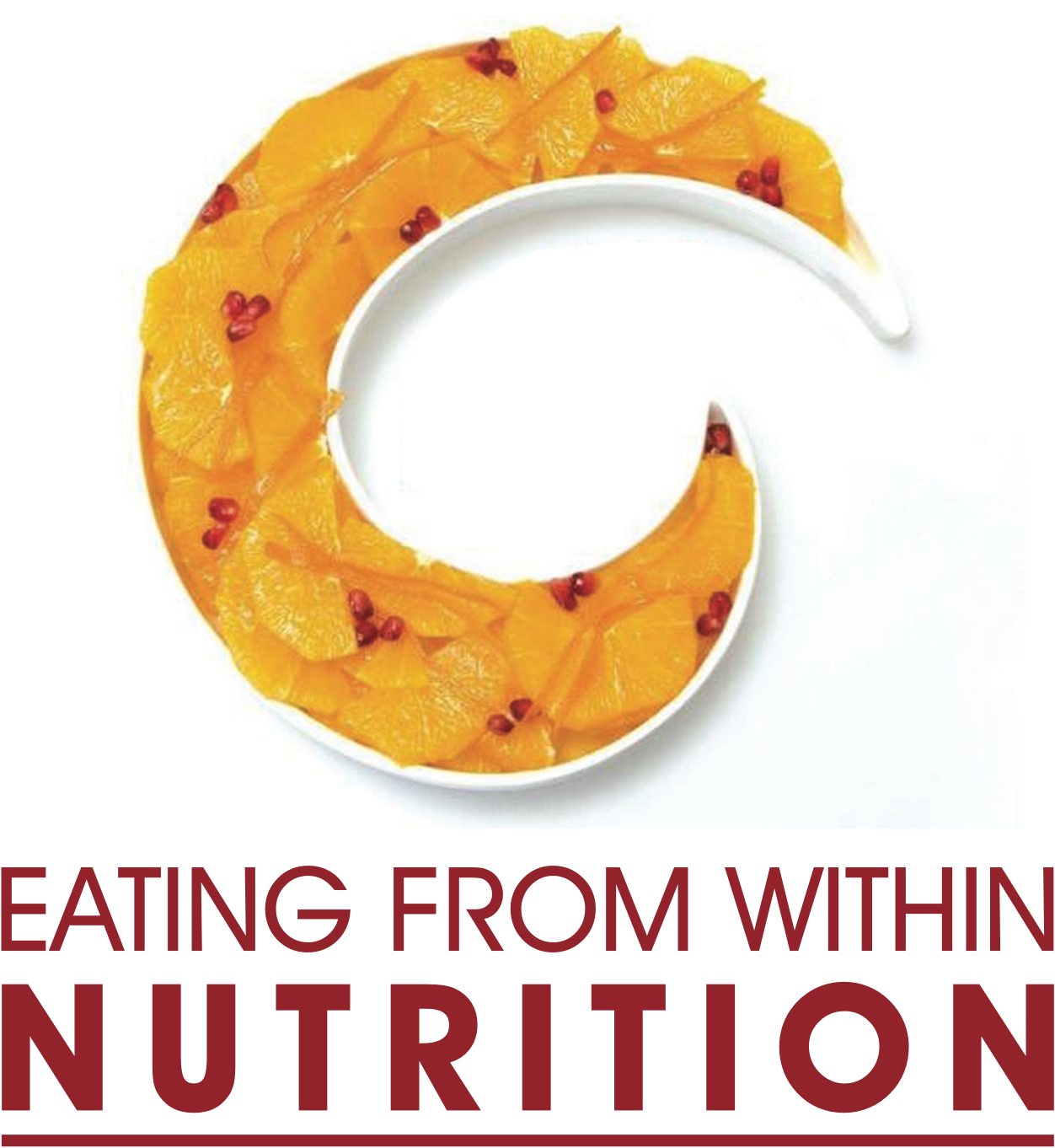Pasta and Beans an example of a healthier protein choice!
Most Americans consume substantially more than the Recommended Dietary Allowance (RDA); these recommended amounts are the average daily requirements for healthy people. All animal foods and their products, and plant foods such as dry beans, peas, soybeans, nuts and seeds are considered protein sources.
Too much of a good thing
Eating too much protein has no benefit. Contrary to popular belief, consuming more protein will not result in bigger muscles, stronger bones or increased immunity. Similar to carbohydrates and fats, protein is an energy-yielding nutrient. Such nutrients furnish calories the body needs to carry out its functions. If too many calories are taken in, the extra protein is not stored as protein but rather is converted to and stored as fat. All excess calories, regardless of the source -- carbohydrate, fat or protein -- are stored as fat.
Consuming high amounts of protein can be bad for your health, especially if you eat a lot of high-fat animal proteins, such as hamburgers and cheese, and few plant proteins. High-fat animal foods contain significant amounts of saturated fat, which raises your level of blood cholesterol and increases your risk of heart disease. Another negative effect when eating too many high protein, high-fat foods is weight gain, from simply consuming too many calories.
Go for balance
Plant sources of protein (beans, peas, soybeans, nuts and seeds) are a healthier choice. For the most part, they contain less fat and more fiber- although nuts and seeds can be high in fat, it is the healthy kind. Plant foods also contain no cholesterol and are rich in vitamins and minerals. The Dietary Guidelines for Americans recommend that the average person consume five and a half ounces of protein foods daily. This intake is based on the premise that individuals consume protein from both animal and plant sources.
Balance your protein sources and make meals healthier. Several times a week make plant protein, such as beans, the centerpiece of your plate and use animal-based protein in small quantities to embellish. Instead of macaroni and cheese try pasta and beans; make hummus or bean dip spread your sandwich filling in place of deli meats, beans and tuna fish is an combination; when dining out order a complete main dish such as chicken broccoli and ziti.
Protein is certainly vital for proper growth and to keeping our bodies in good working form. To obtain the benefits of this essential nutrient and minimize the damage of the high-fat sources, balance your choices of protein-rich foods. Keep protein harmony on your plate and give both lean animal and plant foods equal billing.




